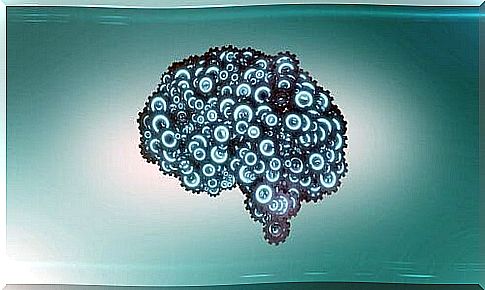The Characteristics And Development Of Neuroethics

Neuroethics is a discipline that has made great strides in the international scientific community thanks to the increasing amount of neuroscience in recent years. Today we will talk about the development of neuroethics and what it is.
Neuroethics emerged as a field of research as early as 2002, when a group of specialists from different fields gathered to study the ethical and social implications of brain research.
They felt that classical bioethics was too generic to address specific ethical issues in neuroscience.
In 2003, the Society for Neuroscience organized the first conference on neuroethics.
The International Association of Neuroethics was founded in 2006, and its members are experts who are concerned about the social, legal, political and ethical implications that advances in neuroscience may have.
As you can see, neuroethics is a relatively new concept. In this article, we will take a look at the development of neuroethics – from the beginning until today.
This overview of its history will give you a deeper understanding of this growing science.

The origin of neuroethics
To understand how neuroethics became a science, one must keep in mind the interdisciplinary nature of neuroscience. The field of neuroethics is the result of several different disciplines that study the nervous system.
Over time, the need for understanding between the disciplines grew, and researchers became increasingly concerned about ethical issues. Thus, the classic questions about the nervous system and the connection between mind and brain became relevant.
In addition to all these factors, bioethics has also made great strides. Bioethics studies the ethical aspects of life sciences such as biology and medicine.
Advances in bioethics pressured neuroscientists to keep pace with important ethical and moral issues.
On the other hand , the consequence of parallel advances in neuroscience meant that research moved towards issues related to the mind, such as cognitive and emotional functions and pathologies.
Thus, neuroethics was born out of the need for a discipline that focused on establishing sufficient regulations for research in these fields.
A meeting in San Francisco in 2002
Stanford University and the University of California organized a meeting in San Francisco in 2002 that marked the beginning of neuroethics as an independent scientific discipline.
Around 150 neuroscientists participated in the conference, and together they laid the foundation for neuroethics. During the conference, participants came to a definition of neuroethics and its scope of study:
Even though they came up with a definition, the researchers still had a lot of work left. One aspect that was particularly complicated was that almost the entire focus of neuroethics was on diseases of the nervous system.
Another problem was the lack of attention to prevention and the functional aspects of the nervous system, which was a clear disadvantage for sciences such as psychology.
As you can see, we still have a long way to go to reach a broader and more inclusive perspective on neuroethics.

Characteristics and development of neuroethics
The development of neuroethics is a reflection of the development of four primary study areas:
- Neuroscience and the self. The relationship between neuroscience, freedom and human responsibility. It also studies the biological basis of personality, behavior and emotions.
- Neuroscience and social practices: this research focuses on social pathologies, memory and learning processes. It also studies personal and criminal responsibility, which sometimes overlaps with forensic neuropsychiatry.
- Ethics and practice of neuroscience: this area of study is about ethics in clinical practice. It covers topics such as neurosurgery, psychotropic drugs, genetic therapy, neural prostheses, etc. It also tries to adapt research and therapeutic methods to nerve diseases.
- Neuroscience and transparency: this refers to the relationship between neuroscience and the academic community of neuroscientists. It is also linked to things like revelations and the relationship to social media.
In summary, neuroethics is a relatively new multidisciplinary science with enormous future potential and long-term goals. It is and will continue to be a fertile field of research.







